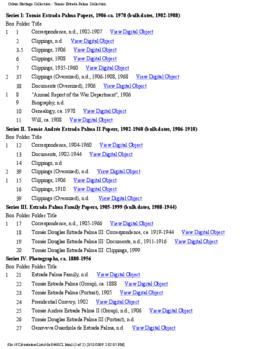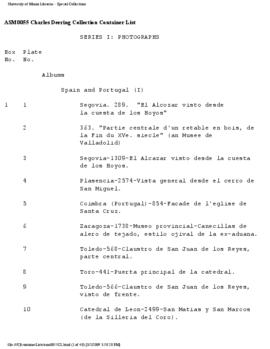"Collection of 208 Koreshan Unity Periodicals - The Guiding Star: Expositor of the Divine Science[together with] The Plowshare and Pruning Hook: Indicator of Commercial Equation[together with] The Flaming Sword[bound together with] The Salvator and Scientist: Evangel of Koreshanity, the Religion of Science and Life.
A substantial group of periodicals and newsletters edited and written by Dr. Cyrus R. Teed, a Utica, NY native and founder of the Koreshan Unity. 'Koreshanity,' as it was also known, was born in the wake of two related western movements: the millenial fervor that swept early-to-mid 19th century central and western New York State, and the utopian communalism that began attracting increasing numbers of adherents during the same period and into the later 19th century.' A graduate of Eclecitc Medical College of the City of New York, Teed's inerests went beyond medicine to encompass alchemy, botany, physics, and metaphysics, and he would regularly conduct experiments in these areas inside what would become known as Koreshanity after experiencing a late-night religious vision. During what he called his 'illumination,' he saw a beautiful woman who revealed to him a series of universal truths which formed foundamental principles of Koreshan belief. 'Among Teed's most interesting beliefs was cellular cosmogony, or the hollow earth - the notion that the earth was not a convex sphere but instead a hollow, concave cell, containing the entire universe with the sun at its center.
After failed attempts at founding communal settlements in Moravia, Syracuse, and New York City, Teed moved to Chicago, IL, where his persuasive oratory enabled him to assemble a firm core of followers in the late 1880's and form the commune called Beth-Ophra. Teed incorporated his organization there as the College of Life in 1886, and established a printing house that began producing three major publications: The Guiding Star, The Flaming Sword, The Plowshare and Pruning Hook. 'These publications began a long legacy of Koreshan publishing aimed at the public as well as their own members, intending to explain and promote their beliefs, relate and preserve their story, and discuss political, social, scientific, and religious ideas and issues.' The Salvator and Scientist, a short-lived publication publsihed concurrently with The Flaming Sword, focused primarily on aspects of Koreshan science, astronomy, and geodesy.
Believing himself to be a messiah who would lead his people in establishing a New Jerusalem, Teed assumed the name Koresh in 1891 (after Cyrus the Great, King of Persia). As with his previous locations, Teed's beliefs did not endear him or his followers to the general public, forcing him to relocate from Chicago to the quiet beach town of estero, FL. in 1894, the final home of the Koreshan Unity where Teed would establish his New Jerusalem. It was here that the Koreshan Unity established a growing, self-sustaining community, though at the height of the movement, their membership numbered no more than 250. Apparently, there were an additional 4,000 members scattered throught the country, including a small contingent who formed a short-lived Koreshan community in San Francisco, CA. Teed died in Florida in December 1908, nearly two years after a brawl with citizens of nearby Ft. Myers, during which he was struck in the head and face several times. " -Lorne Bair / http://www.lornebair.com/





